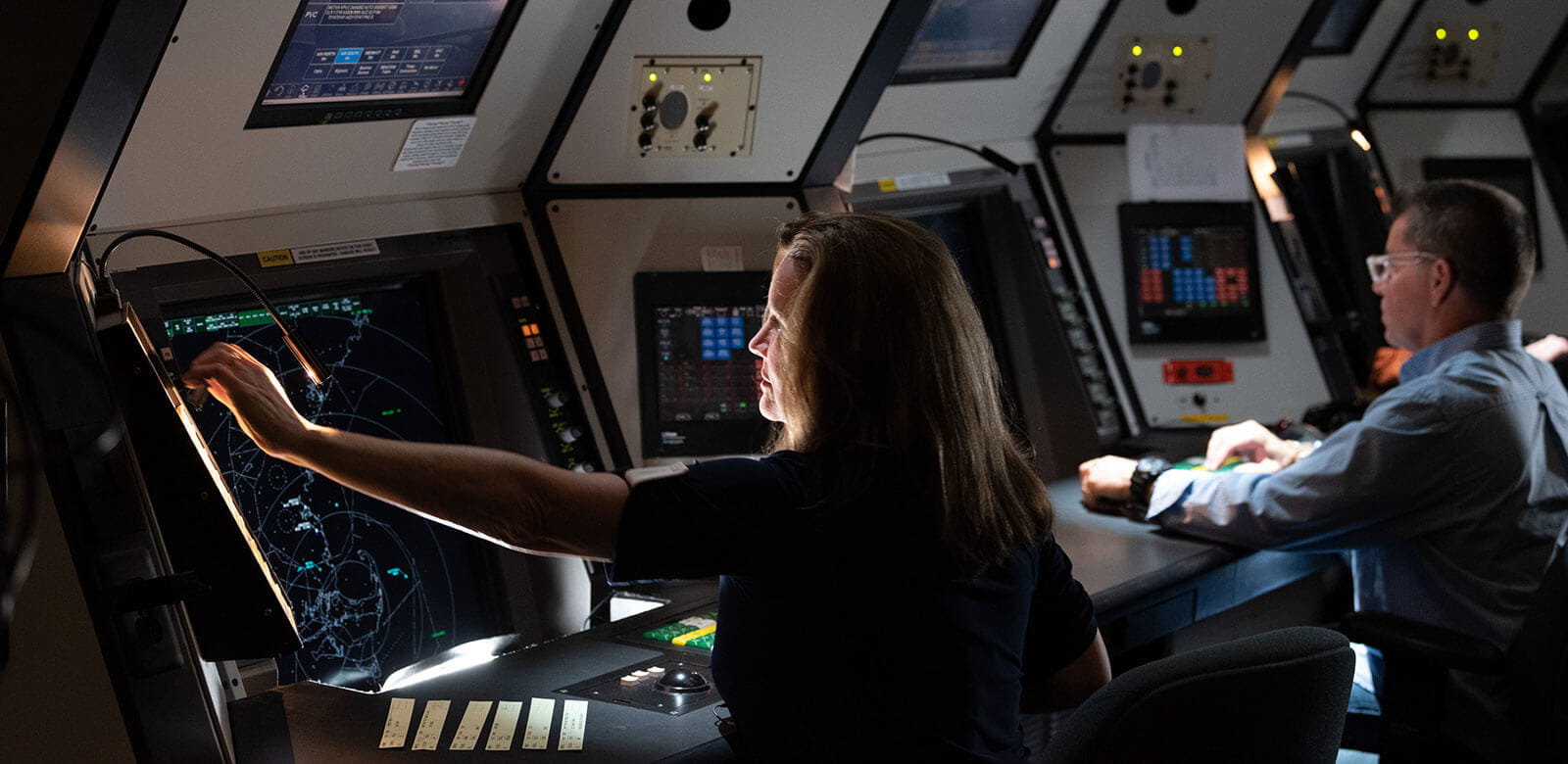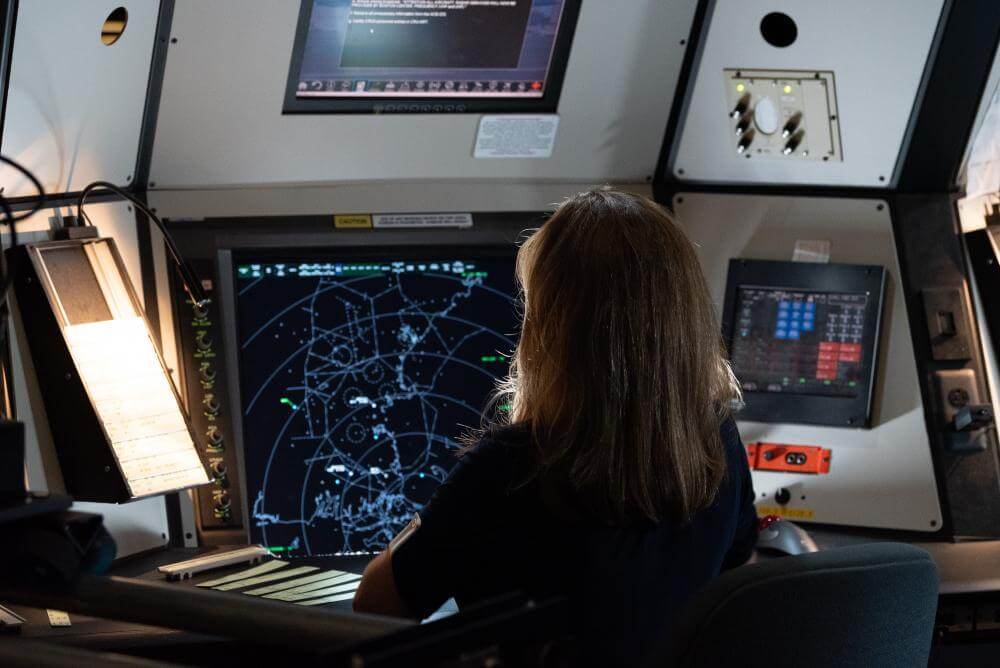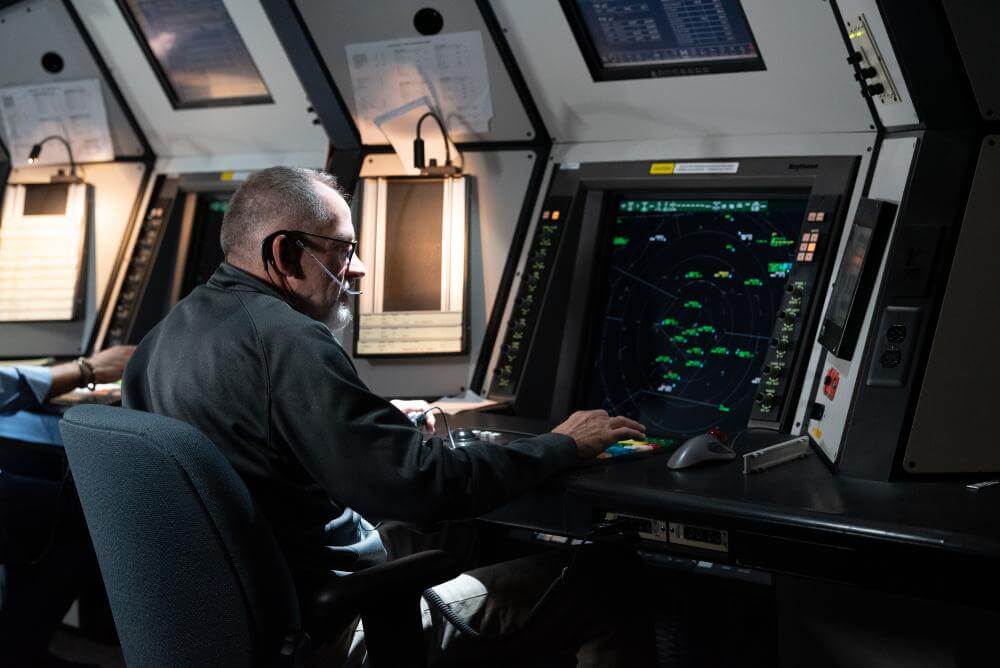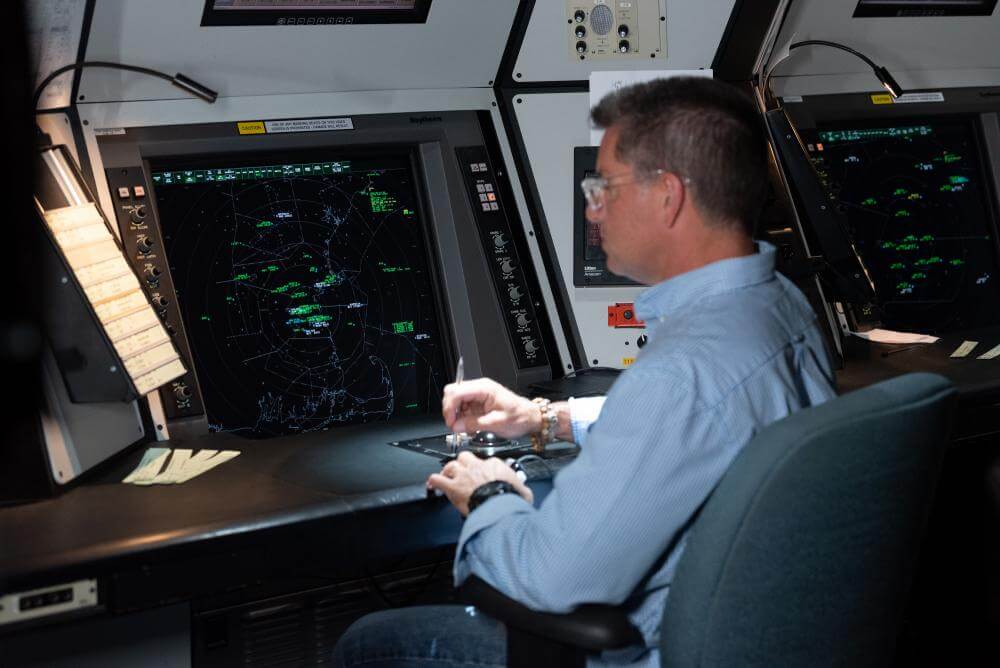Air Traffic Controllers in Terminal Radar Approach Control (TRACON) stations use STARS to provide safe and efficient aircraft spacing and sequencing guidance for departing and arriving aircraft in airports and U.S. military terminal areas. In 2018, the STARS team was recognized by the Air Traffic Control Association for exceptional performance delivering America's next-generation air traffic control system for terminal area airspace management.
Upgrading legacy systems
STARS development began in 2000 with the goal of replacing multiple legacy, capacity-restrictive systems with a single flexible system. Collins Aerospace partnered with both the Federal Aviation Administration and the Department of Defense to implement the terminal automation systems in airports as part of the FAA’s NextGen modernization plan for the National Airspace System (NAS). In doing so, STARS gives controllers the ability to verify spacing, direction, headings, vectors, conflict alerts, and weather advisories, while increasing stability and cost effectiveness in airports.
Securing the airspace
As a single, state-of-the-art platform, STARS is installed at TRACON facilities across the NAS and integrates both radar data and flight information for high-resolution displays. STARS can control more traffic because of its advanced automation system. The display receives and processes weather, reports, and other information from terminals and other sensors, providing aircraft positioning and six distinct levels of weather data. The levels are identified by different colors simultaneously along with air traffic, allowing controllers to direct aircraft around bad weather. STARS also provides advanced functionalities for controllers such as saving workstation preferences, and its simplified infrastructure makes it easier to maintain.
STARS in the future
In partnership with the FAA, Collins' STARS program has been employed at 11 of the FAA’s largest TRACON facilities that control 80 percent of U.S. air traffic. Collins has installed the advanced STARS systems at TRACONS in New York, Dallas/Fort Worth, Denver, northern and southern California, St. Louis, Louisville, Minneapolis, Atlanta and Washington, D.C.
In alignment with the FAA’s NextGen modernization initiative, Collins' STARS team continues working with the FAA toward an historic first — a single national software and hardware baseline across America by 2020.




